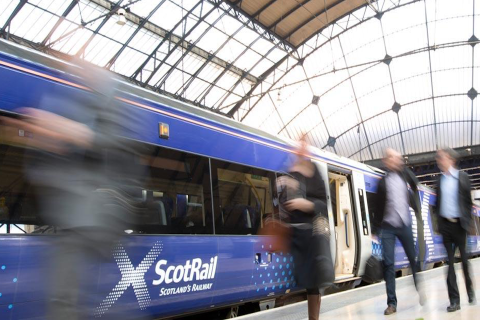UK Royal Train stands down for funeral and accession ceremonies

The coffin of Queen Elizabeth will not now be conveyed by the Royal Train from Edinburgh to London. Instead, on Tuesday, after lying at rest in the Scottish capital, the late monarch will be flown to London for a further period of lying in state. Her State Funeral will take place on Monday, 19 September. Before that, the new king, Charles III, will tour the four capital cities of the United Kingdom. However, he too will most likely fly to Edinburgh and Belfast, and be driven to Cardiff.
Want to read more?
You have read all of your free premium articles for this month. Please become a subscriber to keep reading.
Subscribe now!
Take advantage of our exclusive offer to get full access to all premium content.




